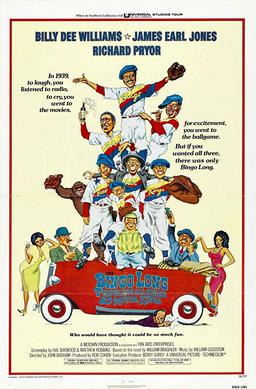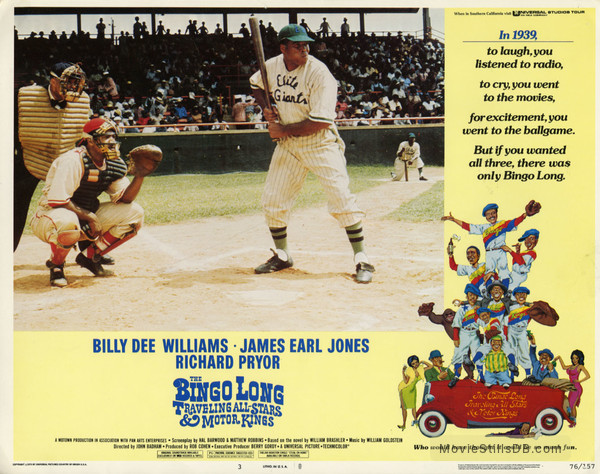Who is ready to be scared straight … again!?
Scared Straight! Another Story is a made-for-television movie from 1980. As you can tell by the name, the movie was inspired by the documentary Scared Straight! and the addition of Another Story to the title would lead one to suspect that this was actually a follow-up or continuation to that documentary and I guess it kind of is. A group of teenagers, all of whom have been in trouble with the law, are sent to a prison where they are finger-printed, forced to stay in a cell, and then yelled at by a bunch of prisoners who assure them that they don’t have what it takes to survive in prison. Then, just as in the documentary, the teenagers leave the prison. Some of them continue to get in trouble and some of them are scared straight. As for the prisoners, they remain imprisoned.
The main difference is that, instead of featuring real prisoners and real delinquents, Scared Straight! Another Story is a dramatization. As a result, the prisoners are saying the same thing that they said in the first Scared Straight! but now the prisoners themselves are played by actors who will be familiar to anyone who has watched enough old TV shows. The prisoners may be yelling about how much life sucks but the viewer knows that they are all actors and, as a result, Scared Straight! Another Story lacks the rough authenticity of the first film. (It also doesn’t help that most of the profanity from the original documentary has been replaced with softer expressions of disgust.) The film again makes the argument that the Scared Straight program can turn someone’s life around but it’s not as effective because, again, the troubled teens are all actors. The viewer knows that they’re actors. Their lives have already been turned around.
Surprisingly, the scenes of the prisoners yelling are the least effective parts of this film. Instead, Scared Straight! Another Story works best when it is exploring everyone’s life before and after the trip to the prison. Stan Shaw, in particular, is effective as a prisoner who is inspired to take part in the program after he comes across the body of an inmate who has been driven to suicide. Also well-cast is Terri Nunn, playing Lucy, the girlfriend of a small-time drug dealer. Both she and her boyfriend are scared straight but it turns out to be too little too late as her boyfriend is eventually sent to jail for the crimes that he committed before the program. (There’s an interesting scene, one that I wish had been explored in greater detail, where Lucy’s father observes the scared straight program and, instead of understanding that prison is a terrible place to send a kid, reacts by saying that the prisoners are all getting what they deserve.) Finally, Cliff De Young, who has played a lot of corrupt government agents and out-of-touch teachers over the course of his career, gets a sympathetic role as Paul, the idealistic juvenile probation officer who sends three of his clients to the program. The program works for two of them while the other eventually ends up joining the inmates who previously tried to warn him. If nothing else, the film deserves some credit for admitting that the Scared Straight program isn’t going to magically reform everyone who attends.
Despite some good performances, Scared Straight! Another Story lacks the rough edged authenticity of the documentary. It’s just not as effective when you know that everyone, including the prisoners, could go home at the end of the day. Today, this is one of those films that is mostly interesting as a historical artifact. Apparently, there really was a time when anything could inspire a TV movie.



